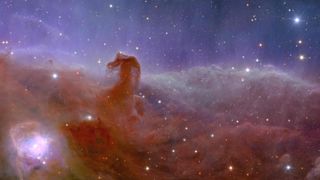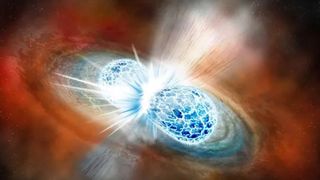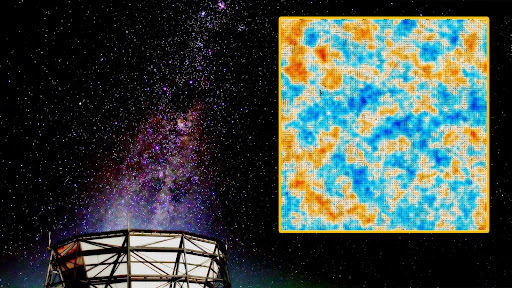
Robert Lea
Robert Lea is a science journalist in the U.K. who specializes in science, space, physics, astronomy, astrophysics, cosmology, quantum mechanics and technology. Rob's articles have been published in Physics World, New Scientist, Astronomy Magazine, All About Space and ZME Science. He also writes about science communication for Elsevier and the European Journal of Physics. Rob holds a bachelor of science degree in physics and astronomy from the U.K.’s Open University
Latest articles by Robert Lea
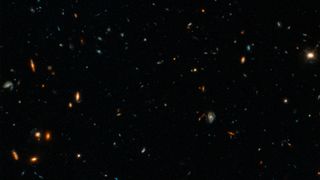
Hubble tracks farthest and most powerful fast radio burst back to 'blob' of 7 galaxies
By Robert Lea published
The most powerful and distant fast radio burst ever seen has been tracked to a "blob" of galaxies that existed when the universe was less than half its current age.
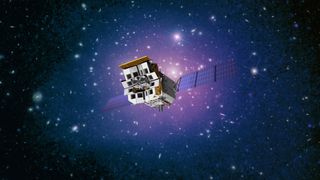
Einstein Probe, with unique 'lobster eye,' deploys to unravel the mysteries of black holes, colliding neutron stars and supernovas
By Robert Lea published
The Einstein Probe has left Earth to survey the cosmos for X-ray signals from feeding black holes, colliding neutron stars and exploding stars.
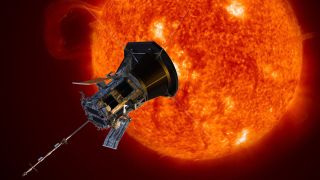
'Monumental achievement for all humanity': NASA's Parker Solar Probe is gearing up for a record-breaking encounter with the sun
By Robert Lea published
Later this year, NASA's Parker Solar Probe will come even closer to the sun than it has before, while traveling at record-breaking speeds.
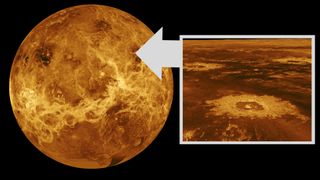
Wispy ice clouds may form above Venus' hellish surface
By Robert Lea published
The surface of Venus is a hellscape with temperatures hot enough to melt lead, but some regions of its atmosphere high over the surface remain cool enough to harbor ice and birth ghostly clouds.
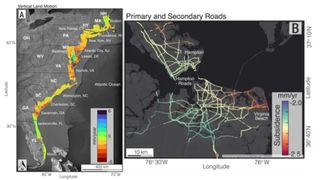
Satellite images reveal just how much cities on the US East Coast are sinking
By Robert Lea published
"Continuous unmitigated subsidence on the U.S. East Coast should cause concern."
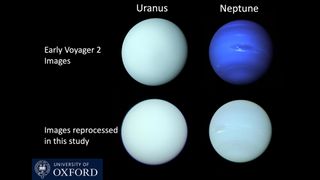
Neptune isn't as blue as you think, and these new images of the planet prove it
By Robert Lea published
A new treatment of images collected by Voyager 2 in the late 1980s using data from the Hubble Space Telescope has revealed the actual colors of the solar system's distant ice giants, Neptune and Uranus.
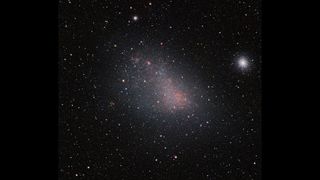
One of the closest galaxies to the Milky Way is hiding a second galaxy behind it, new research reveals
By Robert Lea published
New observations of the Small Magellanic Cloud show that it might actually be two galaxies disguised as one.
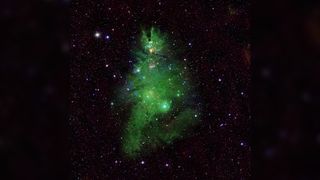
Space photo of the week: Shimmering 'Christmas Tree Cluster' wishes happy holidays to the universe
By Robert Lea published
NASA's Chandra X-ray Observatory helped to build a particularly festive image of the gas, dust, and young stars of NGC 2264, also known as the "Christmas Tree Cluster."
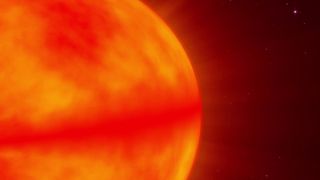
Atom-size black holes from the dawn of time could be devouring stars from the inside out, new research suggests
By Robert Lea published
New research suggests that if tiny primordial black holes created during the Big Bang exist, some of them may have been snared by stars and are now forced to eat their way out.
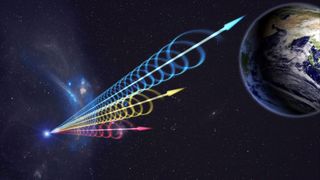
Strange 'slide whistle' fast radio burst picked up by alien-hunting telescope defies explanation
By Robert Lea published
The fascinating patterns of 35 repeating fast radio bursts (FRBs) reveal new properties of these mysterious blasts of deep-space radiation that appear and disappear in milliseconds.
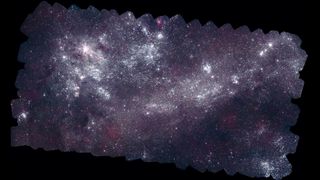
Astronomers discover 25 'stripped stars' that may be a missing link in supernova science
By Robert Lea published
The discovery of stars with their outer layers of hydrogen stripped by companions fills a glaring hole in our understanding of supernovas and binary systems with colliding neutron stars.

Newly-formed volcanic island near Japan is still growing, satellite reveals
By Robert Lea published
The island forged in fire off the coast of Japan in Oct this year is still growing, as seen in a Copernicus Sentinel-2 image caught on Nov. 27.
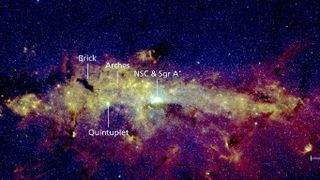
James Webb telescope discovers dark secret of 'The Brick,' a gas cloud flipping assumptions about how stars are born
By Robert Lea published
Peering deep into 'The Brick,' a dark, chaotic gas cloud at the heart of the Milky Way, the James Webb Space Telescope uncovered secrets that could shake up theories of star formation.
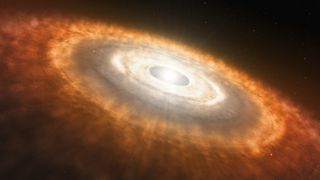
James Webb telescope finds water in roiling disk of gas around ultra-hot star for 1st time ever
By Robert Lea published
The James Webb Space Telescope's discovery of water and other molecules in the inner region of a hot protoplanetary disk suggests that rocky, Earth-like planets may be able to form in some very extreme environments.
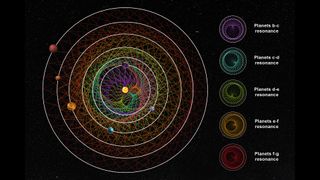
6 alien worlds have been 'waltzing' in perfect rhythm for 4 billion years
By Robert Lea published
Six exoplanets with sizes between Earth and Neptune have been in rhythm with each other since they were born around the same star 4 billion years ago, new research suggests.
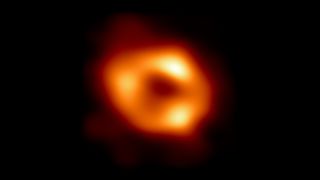
Strange 'blob' circling Milky Way's central black hole is shooting powerful radiation at Earth every 76 minutes
By Robert Lea published
Regular high-energy pulses of gamma-ray radiation emerging from around the Milky Way's central black hole may be coming from a blob of matter whipping around at 30% the speed of light.
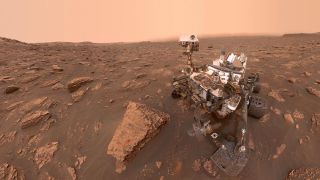
NASA is pausing all Mars missions, effective immediately. Here's why.
By Robert Lea published
The Red Planet has reached solar conjunction as its orbit takes it to the far side of the sun and out of sight. NASA's Mars robots are on their own until Nov. 25.
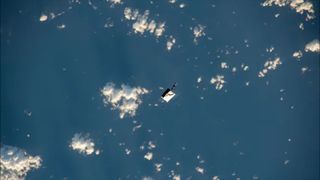
Astronauts accidentally dropped a tool bag on a spacewalk, and you can see it with binoculars
By Robert Lea published
A tool bag that gave astronauts the slip during a spacewalk at the International Space Station is surprisingly bright and can be seen from Earth with binoculars.
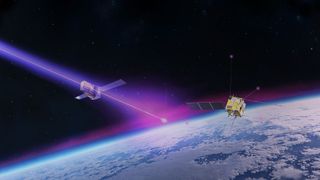
Brightest gamma-ray explosion of all time scrambled Earth's upper atmosphere
By Robert Lea published
Dubbed the "brightest of all time," or the BOAT, a gamma-ray burst detected in 2022 continues to astound astronomers, revealing severe effects in Earth's atmosphere.
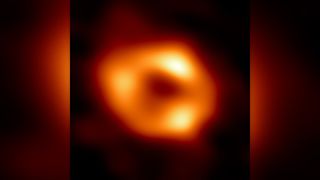
Supermassive black hole at the heart of the Milky Way is approaching the cosmic speed limit, dragging space-time along with it
By Robert Lea published
Supermassive black hole Sagittarius A* is spinning nearly as fast as it can, dragging the very fabric of space-time with it and shaping the heart of the Milky Way.
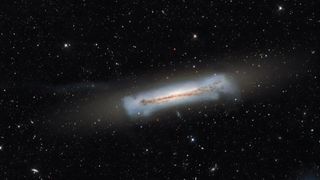
Tiny galaxies that had their stars stolen could be a 'missing link' in cosmic evolution
By Robert Lea published
More than 100 observed galaxies are being disrupted and stripped of their outer layers, transforming them into fossil-dense, ultra-compact dwarf galaxies.
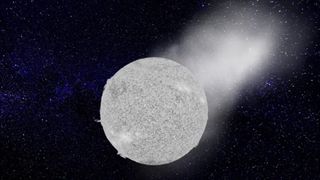
'Rogue' star hurtling through the Milky Way won't smash into our solar system after all
By Robert Lea published
A white dwarf spotted by the Gaia telescope was predicted to smash into our solar system in 29,000 years. But we'll be safe after all.
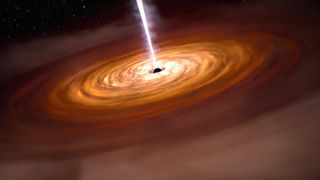
Universe's oldest X-ray-spitting quasar could reveal how the biggest black holes were born
By Robert Lea published
The newly identified quasar, observed 13.7 billion light-years away by the James Webb Space Telescope and Chandra X-ray Observatory, could be an example of a heavy black hole "seed" in the early universe.
Get the world’s most fascinating discoveries delivered straight to your inbox.
